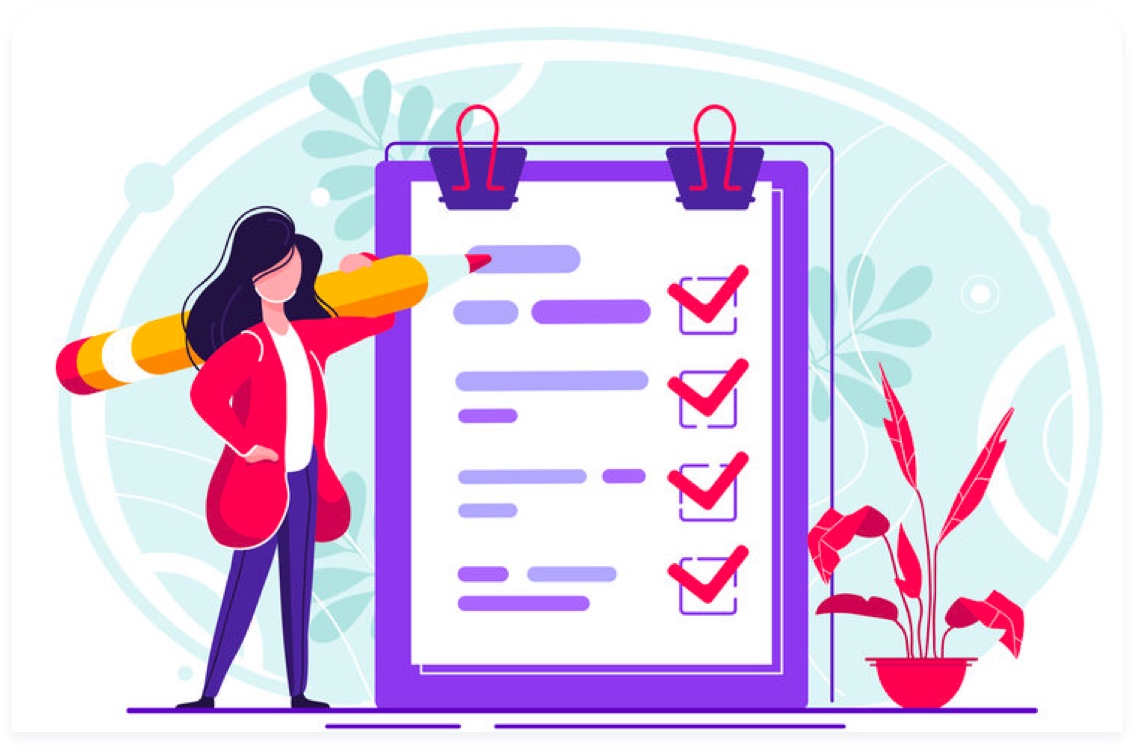Most EAP program providers provide utilization rates as their sole success metric, reported annually. Human Resources and Workplace Health and Safety argue that utilization is not an accurate measure of success. A more pertinent question is: What other measures can Employee Assistance Program providers report on to prove the success of their programs?
While EAP programs should encourage greater utilization to meet the needs of employees, additional effectiveness measures provide a more holistic understanding of company health.
Are High EAP Utilization Rates a Good Thing?
With utilization rates often cited as a primary measure of success, it’s worth examining whether higher EAP utilization truly reflects program effectiveness or if it signals deeper challenges within the workplace.
Higher uptake generally indicates that employees need support, but its significance depends on the type of wellness program offered. For early intervention programs like Uprise, high uptake is a positive sign, reflecting proactive support and accessibility. Uprise’s approach to early intervention has reduced employee stress levels by 26%, showing that proactive support can significantly prevent stress from escalating into serious issues. However, in traditional reactive EAP programs, high uptake might suggest underlying challenges, such as poor overall employee mental health.
Providing timely support is essential for improving workplace well-being, regardless of the program type.
Barriers to EAP Access
EAP utilization reveals that common barriers to access have been reduced. Here’s how:
- Stigma: Workplace stigma can discourage employees from accessing support. Proactive leadership and multi-channel communication can reduce stigma and encourage help-seeking behavior.
- Access: Most EAP programs are focused on face-to-face counseling which is very difficult for busy employees to find time for. Plus, it is often only offered within working hours. Uprise offers coaching support with the option of phone, chat, email, video or face-to-face. This kind of offering means more employees in need can access the service rather than suffering in silence.
- Prevention: Face-to-face counseling is reactive and means only a small amount of highly stressed employees end up accessing support. Uprise offers training, coaching and support that is proactive and supports employees at different levels of well-being. This allows employees to learn resilience techniques while they are well that they can draw upon in times of need. As a result, Uprise has successfully reduced the proportion of employees at risk for developing mental health issues from 27% to just 4%.
All of these factors ultimately lead to higher utilization in a way that is positive and contributes to a mentally healthy workplace. However, Uprise believes utilization is just one part of the story, and more effectiveness metrics should be given to employers to provide a more holistic understanding of a company’s mental health needs.
Reporting on Effectiveness
The current annual reporting by most EAP programs is not doing enough to support employees long-term. Measures of utilization given at the end of the year offer no insights into why employees sought help, if they benefitted from support or whether they completed their program. Without this information, Employee Assistance Programs are entirely reactionary. Reactionary support prolongs the suffering of an employee and is also more costly in terms of treatment.
Early intervention EAP programs like Uprise are geared towards proactive support for employees. This involves reaching out to support more employees before they experience excessive stress. This kind of support is much more cost-effective than reactive support as it reduces presentee-ism, mental health, and turnover risk. Employees at risk for turnover decreased from 19% pre-program to 9% post-program under Uprise’s model.
Uprise reports on utilization, as well as a range of other well-being measures every quarter, to provide employers with useful insights into the well-being needs of their employees. This includes well-being and stress levels, psychological safety and the most common causes of stress.
Take Action to Support Your Team
Book a demo of the Uprise Health program to see how it could improve mental health, reduce stigma, and enhance accessibility in your workplace. Let’s work together to build a healthier, more resilient organization.
This article has been updated on 06/11/2025 to include new information and/or procedures for 2025.





